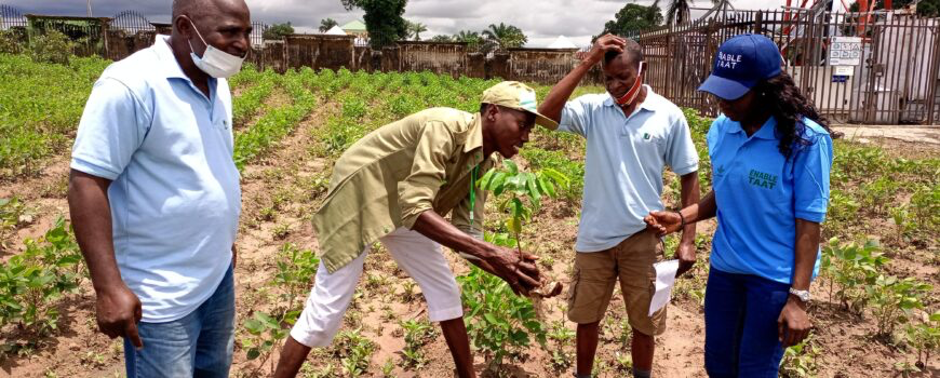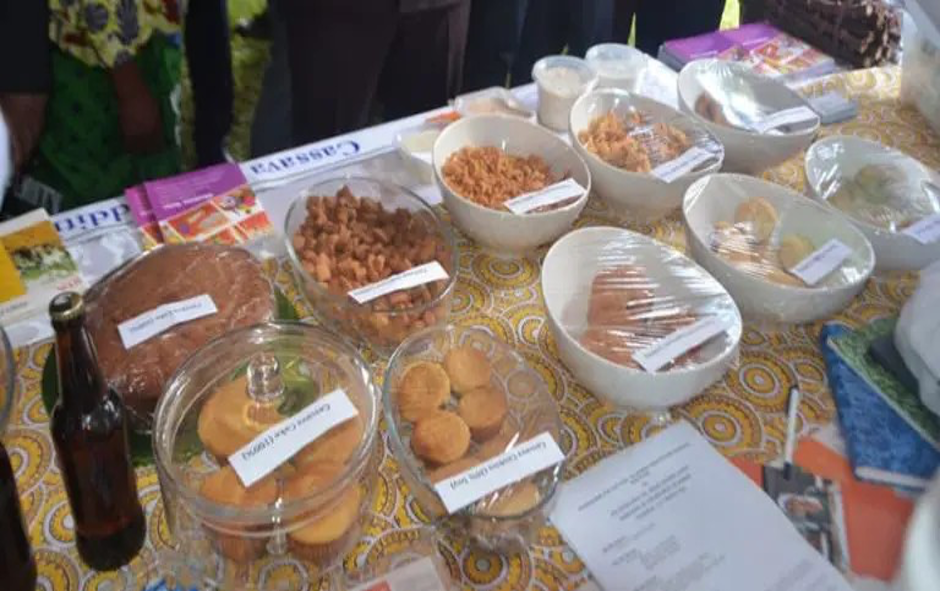Zambia has a large urban population with a young population of about 82.1 per cent under the age of 35.
Agriculture is perceived to play a vital role in absorbing the youth into satisfactory and sustainable employment because, in the agriculture sector, there is potential for employment opportunities to meet the demand of a growing and more urbanized population as well as changing dietary patterns.
Its agriculture sector comprises crops, livestock and fisheries. Its crop plantations are mostly stapled foods such as maize, millet, and cassava. Most of the Zambian population depends on agriculture for all or part of their livelihoods.
In Zambia, there are both large commercial farms and smallholder farmers who dominate the agriculture sector. According to the World Bank, there has been a decline from 17.3% in 2004 to 8.2% in 2017, although this sector contributes to Zambia’s Gross Domestic Product (GDP). Transforming the Agriculture sector would be a strategy to address hunger, malnutrition, poverty and climate change, among other issues.
To meet the SDG goals, in 2019, the Sustainable Development Goals Center for Africa, through its Sub-Regional Center for Southern Africa and the Government of Zambia, held a conference on the “Transformation of Agriculture in Zambia” in Lusaka, Zambia. This transformation was purposely to ensure financial and social inclusion and create trade opportunities. This will provide diversification for the Zambian economy and opportunities for job creation for the youth and other vulnerable groups.
ENABLE TAAT – IITA YOUTH AGRIPRENEURS
 To drive agricultural transformation that benefits smallholder farmers, the Farm Input Subsidy Programme (FISP) and Food Reserve Agency (FRA) and ENABLE- Technologies of African Agricultural Transformation (TAAT) have contributed immensely.
To drive agricultural transformation that benefits smallholder farmers, the Farm Input Subsidy Programme (FISP) and Food Reserve Agency (FRA) and ENABLE- Technologies of African Agricultural Transformation (TAAT) have contributed immensely.
As a result, a career path has been created for young people in agriculture through collaborations and partnerships, promoting economic power among African youth. For example, the compact, also known as ENABLE- Technologies of African Agricultural Transformation (TAAT), collaborated with various established youth groups in Zambia. ENABLE-TAAT achieves its aim by bringing to light agribusiness value chains and different profitability mechanisms. Through this means, it has recorded a recurring success among the youth making a livelihood from the aquaculture value chain.
At the end of 2021, ENABLE TAAT beneficiaries belonging to “Mkushi Youth Skills” Fish Cluster one among many that have enjoyed this success. In this journey of success, ENABLE TAAT continues to provide mentorship for the youth through the stages of their progress to ensure sustainability. This youth group has harvested over 1000kg of fresh fish from their fishponds. Also, they re-stocked some of the fishponds with 19000 fingerlings and embarked on the second production cycle at the beginning of 2022. This cluster has a reserve of 278.5 bags of fish feed, which is meant to cover the whole culture period of six months. During a recent exhibition programme on Crop diversification and alternative food by Zambia Agricultural Research Institute (ZARI), A team of young people under the ENABLE-TAAT participated in showcasing their modern cassava value.
ZAMBIA’S HIGH-QUALITY CASSAVA FLOUR (HQCF) PRODUCTS
 The ENABLE-TAAT compact, implemented by the International Institute of Tropical Agriculture ( IITA’s) Youth-in-Agribusiness office, showcased agricultural commodities and products such as High-Quality Cassava Flour (HQCF) with all its nutrient-fortified snacks and foods. Some of these are supplied to chain stores like Shoprite, Pick ‘n’ Pay, and various food outlets in different parts of the country. They also showcased their cassava chips that could be supplied to food and beverage companies like Zhonghai International Ltd, Zambia Breweries, and other processors that use cassava chips as raw material to manufacture various products like ethanol and glue. In its transformation journey, the agricultural sector must invest more in mechanization since it is mostly non-mechanized. In addition, investments in irrigation systems since it has ample water resources instead of overly depending will add to the enormous benefits this sector enjoys.
The ENABLE-TAAT compact, implemented by the International Institute of Tropical Agriculture ( IITA’s) Youth-in-Agribusiness office, showcased agricultural commodities and products such as High-Quality Cassava Flour (HQCF) with all its nutrient-fortified snacks and foods. Some of these are supplied to chain stores like Shoprite, Pick ‘n’ Pay, and various food outlets in different parts of the country. They also showcased their cassava chips that could be supplied to food and beverage companies like Zhonghai International Ltd, Zambia Breweries, and other processors that use cassava chips as raw material to manufacture various products like ethanol and glue. In its transformation journey, the agricultural sector must invest more in mechanization since it is mostly non-mechanized. In addition, investments in irrigation systems since it has ample water resources instead of overly depending will add to the enormous benefits this sector enjoys.
The government aims to modernize agriculture in Zambia. The commitment of Zambia’s government to transforming its agriculture sector is also paramount to its success. The government has typically opposed the importation or use of genetically modified organisms (GMO) which has aided more youth in taking advantage of agriculture.
The youth’s involvement in agriculture serves as a source of income generation for Zambia.
Hence, the youth’s desire to be included in agribusiness initiatives and the establishment of agribusiness has resulted in various modern technologies for agricultural advancement, which will extend the technologies and impact beyond the Zambian vicinity.


